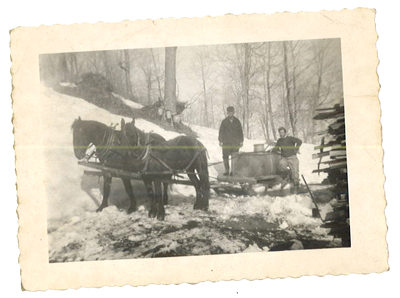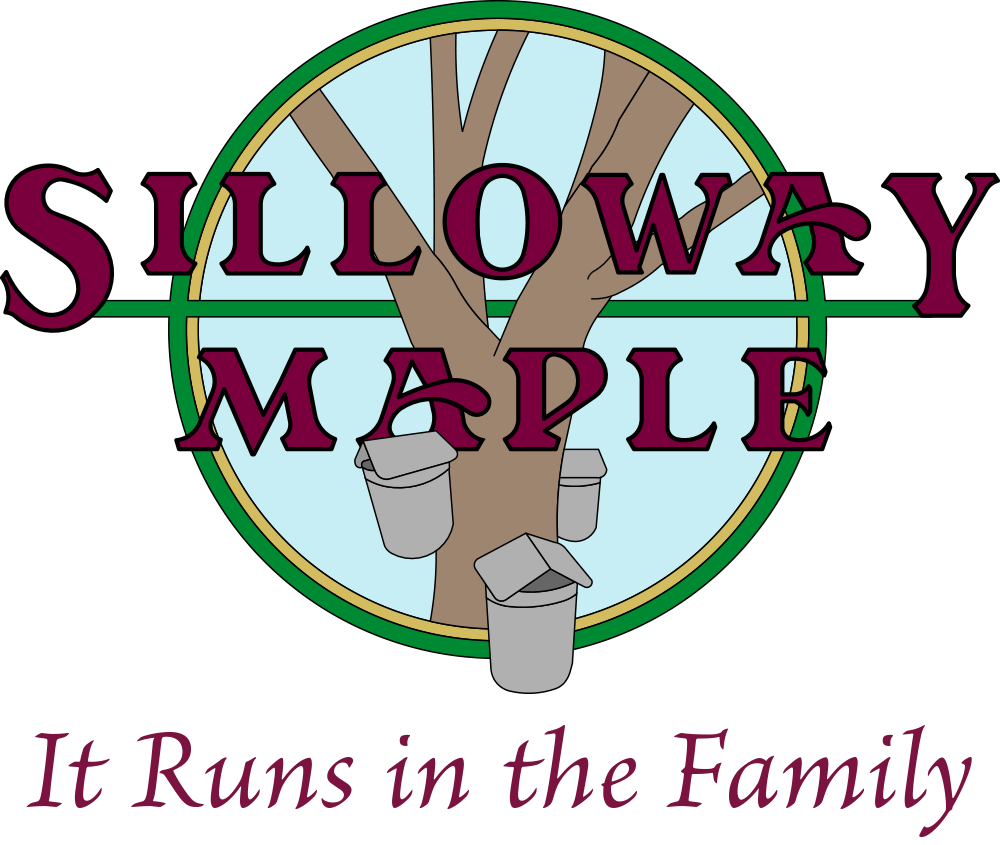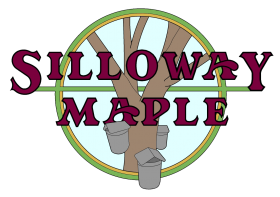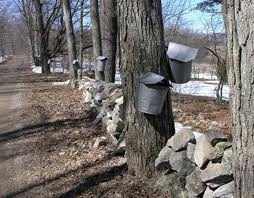The History of Maple Sugaring

Accounts of early maple sugaring vary widely.
“In 1755, a young colonist was captured and ‘adopted’ by a small group of natives in the region that is now Ohio. In 1799 he published his story in An Account of the Remarkable Occurrences in the Life and Travels of Col. James Smith, which includes a description of how the Native Americans made maple sugar: ‘Shortly after we came to this place the squaws began to make sugar. We had no large kettles with us this year, and they made the frost, in some measure, supply the place of fire, in making sugar. Their large bark vessels, for holding the stock-water, they made broad and shallow; and as the weather is very cold here, it frequently freezes at night in sugar time; and the ice they break and cast out of the vessels. I asked them if they were not throwing away the sugar? they said no; it was water they were casting away, sugar did not freeze, and there was scarcely any in that ice. They said I might try the experiment, and boil some of it, and see what I would get. I never did try it; but I observed that after several times freezing, the water that remained in the vessel, changed its colour and became brown and very sweet.’” University of Vermont Libraries
There are many stories about North American Indians discovering maple syrup; one of the most well-known says that one day a squaw was making stew, and her chief threw his tomahawk into the maple tree where she was cooking. The sap dripped into her cooking vessel, and yielded a delicious, sweet flavor.
The early settlers boiled their syrup down into hard maple sugar. Most families made enough for their family’s needs, ending dependence on imported cane sugar. Sugaring added income as more was produced and sold. The maple sugar was put into large pails, commonly weighing thirty-three pounds. Later on, the sugar was sometimes put into decorative molds, turning out maple leaves, men, and women.





